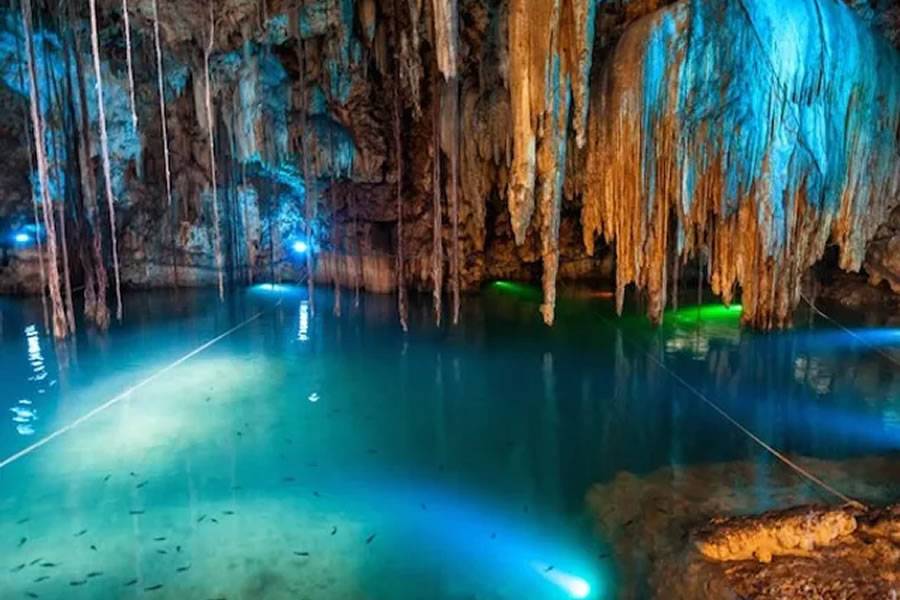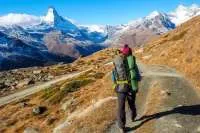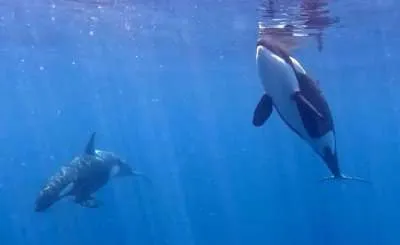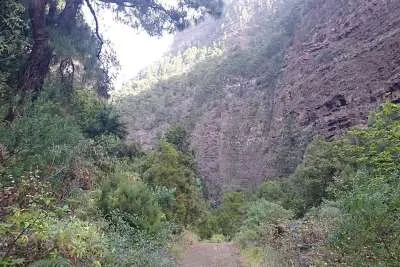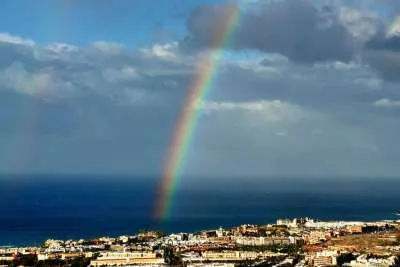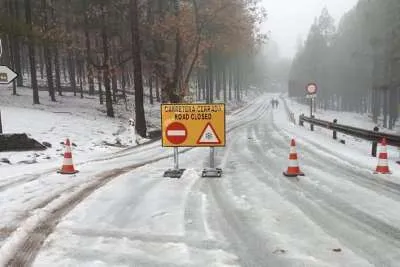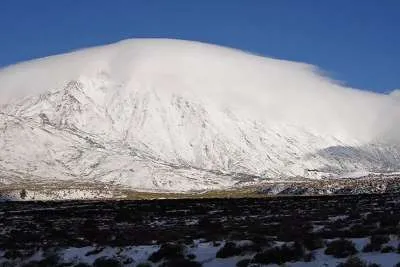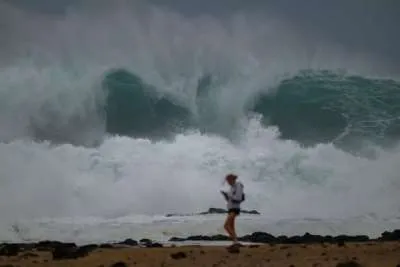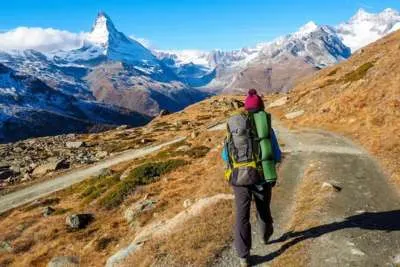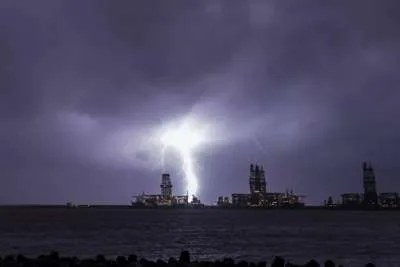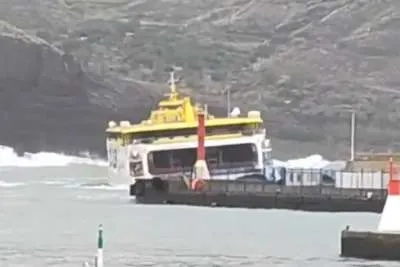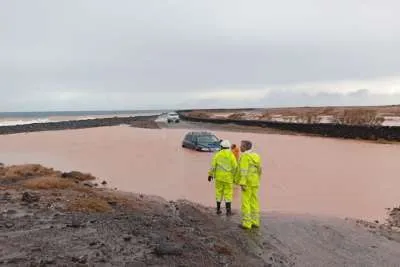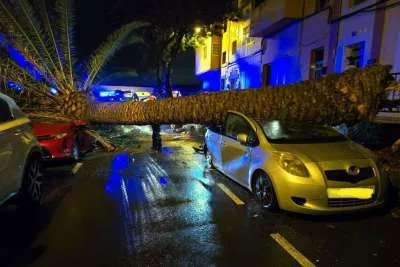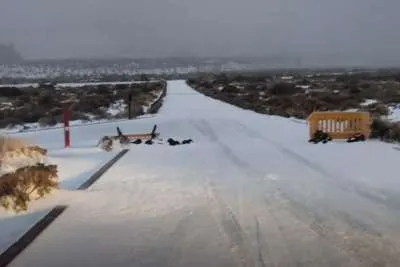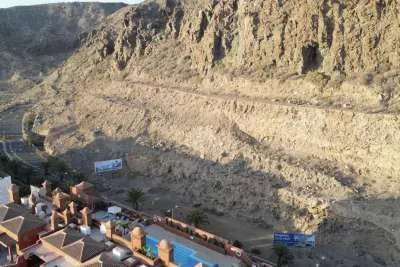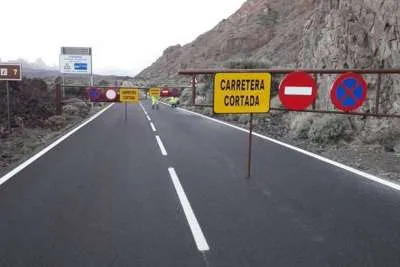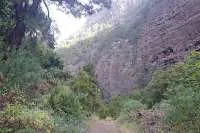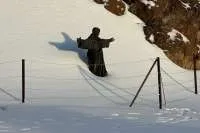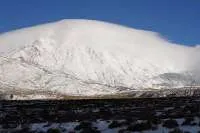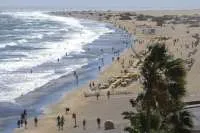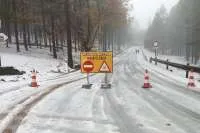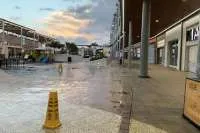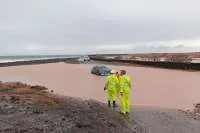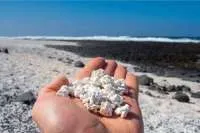Historical landmarks of the Canary Islands: A living history lesson
- 24-07-2023
- Travel
- Canarian Weekly
- Photo Credit: Trip Advisor
The Canary Islands, an enchanting archipelago off the coast of northwestern Africa, are a treasure trove of historical landmarks. Each island, with its unique character and history, offers a fascinating glimpse into the past. These vestiges of history aren’t merely remnants of bygone eras; they’re living history lessons waiting to be explored and understood.
For college students, these landmarks can be an exciting supplement to their studies. Whether you’re studying history, architecture, or anthropology, exploring these historical sites can bring your textbooks to life. But we understand that between managing school assignments and tackling homework, planning such explorations can be daunting.
This is where online essay writing platforms that write papers for money come in, handling your academic workload while you dive into the living history lessons of the Canary Islands.
Teide National Park: A Geological Wonder.
Declared a UNESCO World Heritage Site in 2007, Teide National Park in Tenerife is a must-see landmark. Centred around Mount Teide, the highest peak in Spain, this park is a testament to the volcanic origins of the Canary Islands.
The park’s unique geological formations offer a wealth of learning opportunities for students studying geology or environmental science. Observing the various lava flows and rock formations can give you a firsthand understanding of volcanic activity and its impact on the surrounding environment.
San Cristóbal de La Laguna: A Historical City.
Also on the island of Tenerife is the city of San Cristóbal de La Laguna. Founded in the late 15th century, La Laguna was the first non-fortified Spanish colonial town, and its layout became a model for many American cities.
Strolling through La Laguna’s well-preserved historical centre, you can see examples of 15th-century Canarian architecture, marked by ornate wooden balconies and brightly coloured houses. This provides a window into the urban planning and architectural trends of the period, invaluable for students of history or architecture.
Cueva de Los Verdes and Jameos del Agua: Subterranean Marvels.
In Lanzarote, you’ll find two extraordinary landmarks that illustrate the subterranean beauty of the Canary Islands: Cueva de Los Verdes and Jameos del Agua (main picture). Both are sections of the same volcanic tunnel formed about 4,000 years ago.
Inside these caverns, you can marvel at the stunning array of stalactites and stalagmites, all formed over thousands of years. Exploring these sites offers a unique perspective on the slow yet powerful process of geological change, adding a fascinating dimension to any environmental science curriculum.
La Gomera: The Whistling Island.
La Gomera, the second smallest of the Canary Islands, is home to an extraordinary piece of living history: Silbo Gomero. This unique whistling language was used by the island’s indigenous inhabitants to communicate across the island’s deep ravines and high mountains.
Learning about Silbo Gomero, recognized as a Masterpiece of the Oral and Intangible Heritage of Humanity by UNESCO, offers a unique perspective on the evolution of communication. For students of linguistics and anthropology, this presents an intriguing case study on how geography can influence culture and communication methods.
Moreover, Garajonay National Park, also a UNESCO World Heritage site, blankets a large part of La Gomera. The park’s laurel forests have been virtually unchanged since the Tertiary period, serving as a living museum of a type of ecosystem that has largely disappeared from the rest of the planet. For environmental science students, this park offers an invaluable chance to study an ancient and unique biosphere.
Roque Nublo: A Symbol of Gran Canaria.
Rising dramatically from the heart of Gran Canaria, Roque Nublo is an 80-metre-tall volcanic rock formation. It is one of the most iconic natural landmarks in the Canary Islands and is deeply tied to the pre-Hispanic history of the islands.
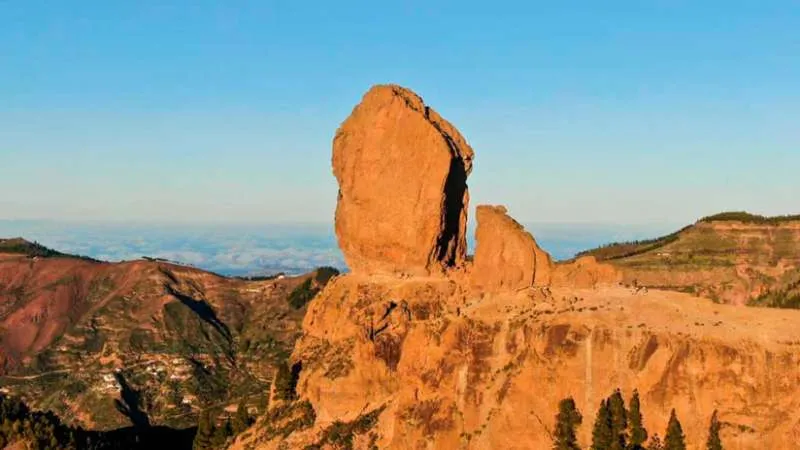
At its base, you can find archaeological remains of the island’s indigenous people, the Guanches. These sites are excellent places to understand the Guanche culture better, making Roque Nublo an exciting excursion for anthropology students.
Basilica of Our Lady of Candelaria: A Spiritual Landmark.
Located in Tenerife, the Basilica of Our Lady of Candelaria holds significant spiritual and historical importance. The current Basilica, built in the 20th century, stands on the site of previous churches that date back to the late 14th century when the Guanches worshiped the Black Madonna, the patron saint of the Canary archipelago.
Stepping into the Basilica, you’ll find a wealth of religious art and architecture, including a beautiful statue of the Black Madonna. For art history and theology students, visiting the Basilica offers an opportunity to delve into the intersection of religion, art, and culture in the Canary Islands.
Furthermore, the annual pilgrimage to the Basilica, which draws participants from across the islands, offers a vivid demonstration of the Canary Islands’ living cultural heritage. This can provide valuable insights for students of anthropology and sociology, helping them understand how religious traditions shape communal identities and societal norms.
In conclusion, the Canary Islands offer a rich tapestry of historical landmarks, each telling a unique story of the islands’ geological, cultural, and architectural evolution. For students, these sites are living classrooms, transforming abstract textbook lessons into tangible, memorable experiences.
As you navigate your academic journey and plan these exciting explorations, remember you can rely on the best paper writing services to handle your academic responsibilities, freeing up your time to delve deeper into the living history lessons offered by the Canary Islands.
Other articles that may interest you...
Trending
Most Read Articles
Featured Videos
A Vision of Elvis Tenerife Promo
- 10-05-2025
TEAs 2025 Highlights
- 17-11-2025


